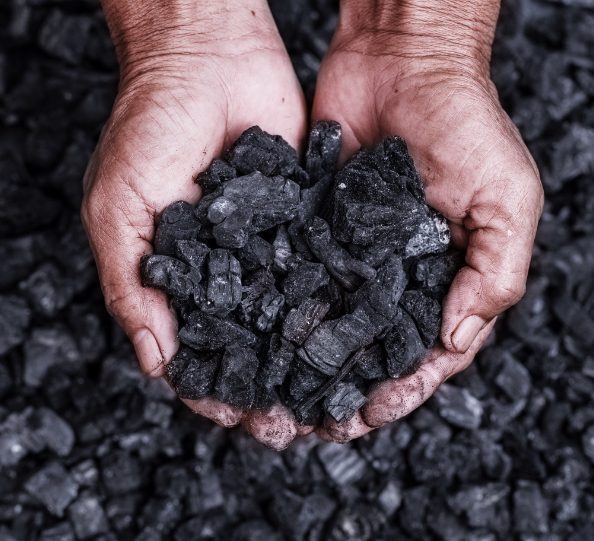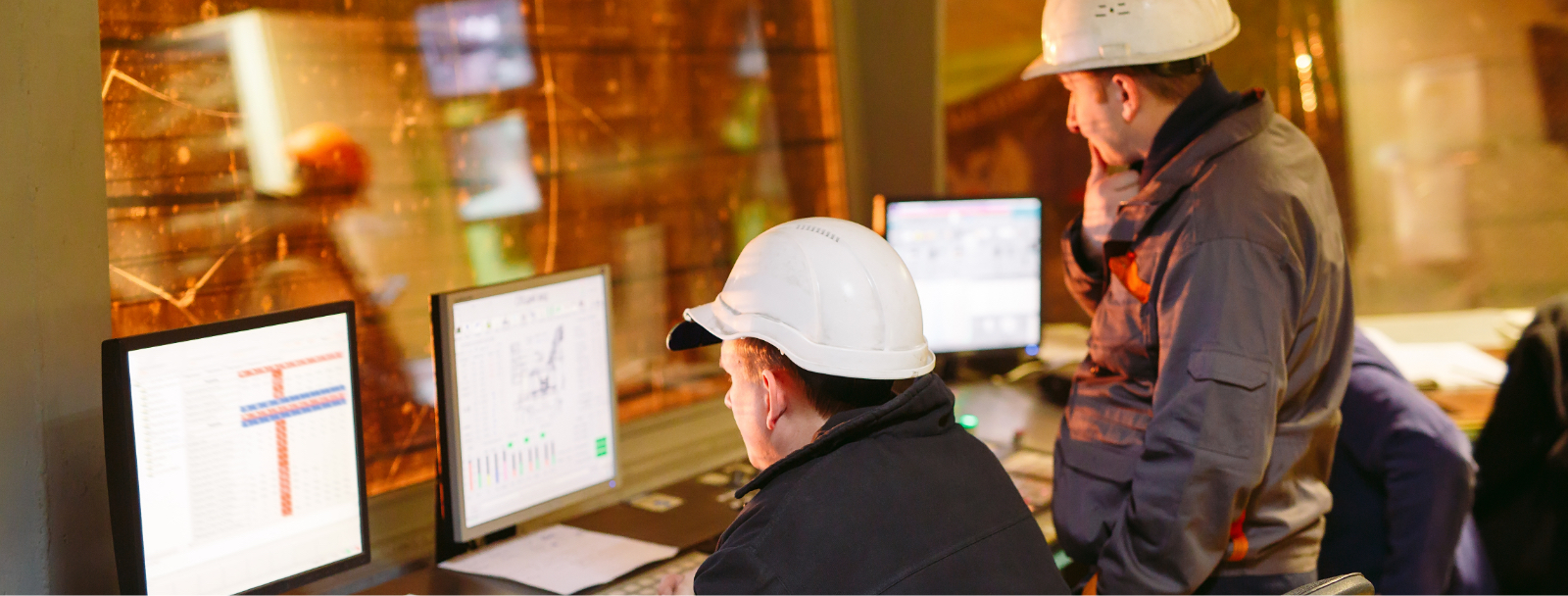
Arizona is endowed with numerous minerals and metals that promoted an economic platform for Arizona’s growth predating statehood and which continue as major exports to this day. These minerals and metals are used throughout the world to build infrastructure, support technology, and sustain today’s standard of living. Below is a list of the most abundant metals and minerals found in Arizona and some of their common applications.
Arizona’s economy was built on the 5 C’s of Copper, Cotton, Cattle, Climate, and Citrus. Copper remains an important economic engine for our state. Over 74% percent of the copper output for the United States is mined in Arizona.
Copper is a key component of state-of-the-art energy, aerospace, transportation, and telecommunications systems throughout the world. The red metal remains essential to plumbing, conductivity, and connectivity, and it is a critical element in new technology. Antimicrobial copper is also gaining prominence for its ability to help prevent the spread of bacteria.
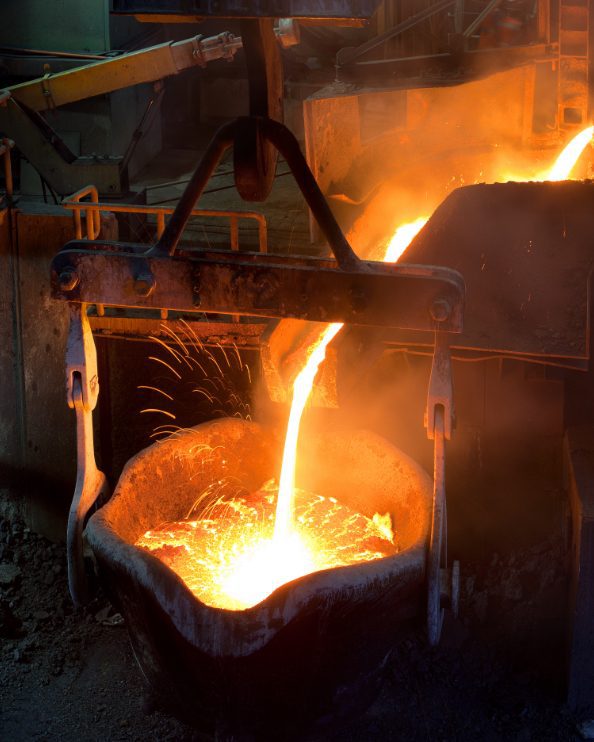
Arizona companies lead the United States in copper production, with approximately 74% of the copper produced in this country coming from Arizona mines.
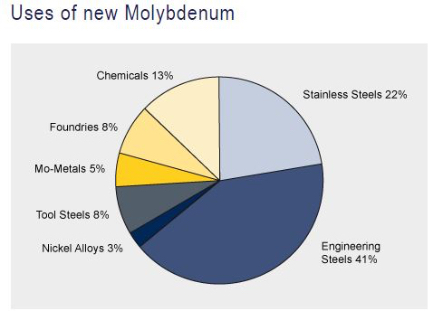
Source: International Molybdenum Association, 2015. The chart above refers to molybdenum produced from mined ore, not to scrap material recycled by chemical processes or remelting; hence the name “new molybdenum.”
Molybdenum is used primarily in the steel industry for corrosion resistance, strengthening and heat resistance. Molybdenum chemicals are used in a number of diverse applications such as lubricants, additives for water treatment, feedstock for the production of pure molybdenum metal, and catalysts used for petroleum refining. Pure molybdenum metal powder products are used in a number of diverse applications, such as lighting and electronics.
MOLYBDENUM IN MODERN LIFE FACTS SHEET +Potash is primarily used as an agricultural fertilizer. It helps crops by improving disease resistance, facilitating water uptake, increasing yield rates, enhancing nutritive value of edible crops, improving tolerance of both drought and frost conditions and making crops less prone to injury during transportation. Potash is essential to securing the food supply for a growing global population. Other uses of potash include soaps and detergents, as a water softener, as a deicer for streets and sidewalks and in the manufacturing of specialized glasses such as those for eye glasses and computer monitors.
The Holbrook Basin in Northern Arizona holds a significant deposit of potash. Two companies are engaged in an extensive permitting process to open Arizona’s first potash mine in 2018.
POTASH IN MODERN LIFE FACTS SHEET +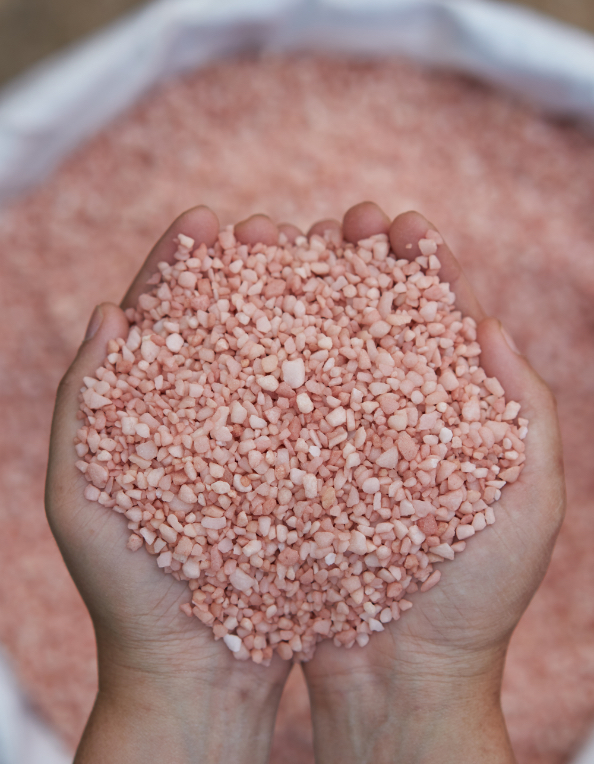
Limestone is calcium carbonate mined from the ground to produce quicklime and hydrated lime for a variety of industrial and construction purposes. Major uses of limestone include the asphalt for road construction, plasters and mortars for building construction, water and wastewater treatment, steel manufacturing, and sugar refining.
limestone in modern life facts sheet +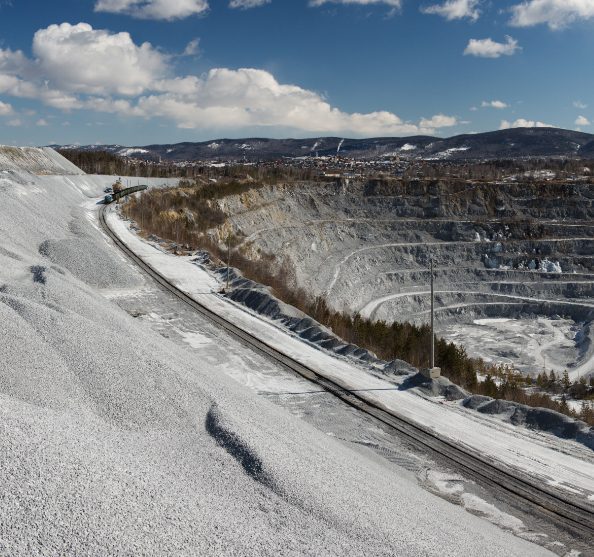
Silver is one of the world’s most precious metals, for centuries the metal has been used as currency and tableware. Populations across the globe have used the metal for jewelry creating masterful pieces of art. Today silver’s number one industry application is electrical. This is due to silver’s unbeatable properties which allow it to be an excellent electrical conductor. Everything from your phone, to your car, your watch utilize silver.
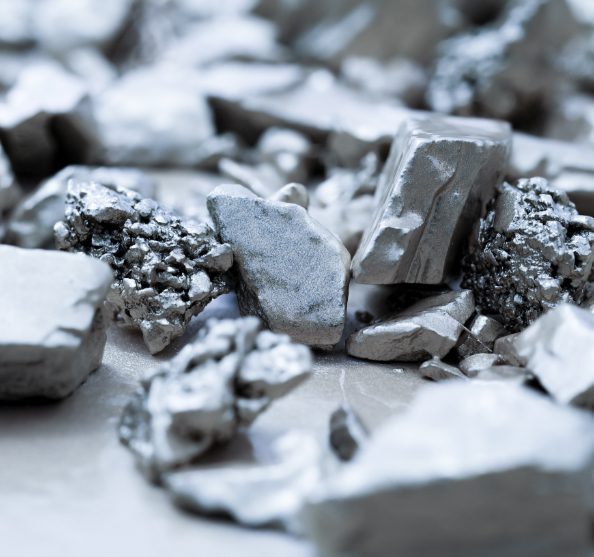
Zinc is a fascinating metal. It is commonly used in a number of different alloys, such as brass and solder. Zincs natural properties make it ideal for corrosion prevention hence its application in steel galvanizing. Additionally, zinc alloys are frequently found in batteries, tires, cement, paint, rubber, cosmetics, plastics, printing inks, soap, textiles, fluorescent lights, luminous dials, and TV screens. Calamine lotion contains zinc. The American penny is mostly zinc with bronze plating.
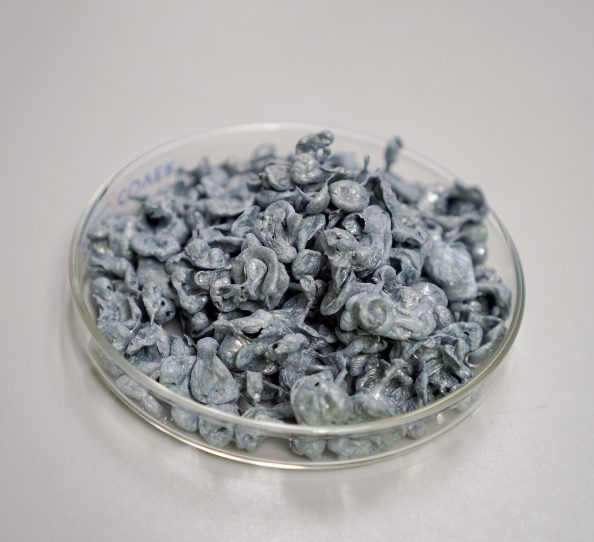
Uranium is a critical mineral for our state and our nation. It provides the fuel for nuclear reactors, and it is the largest source of carbon-free energy in the world. Advancements in nuclear technology have the potential to decrease our demand for fossil fuels. Aircraft carriers, submarines, and other vessels in the U.S. Navy are powered by uranium, providing the fleet with reliable long-range energy. Uranium and its byproducts are used throughout the medical industry in equipment and medicines that have greatly improved the lives of millions of people. Uranium is responsibly mined in Arizona in a manner that is protective of human health and the environment and under an umbrella of extensive state and federal regulation. The safety record and reclamation successes of modern uranium mining have been heralded by regulators and industry. Uranium has diverse applications that enhance the lives of us all.
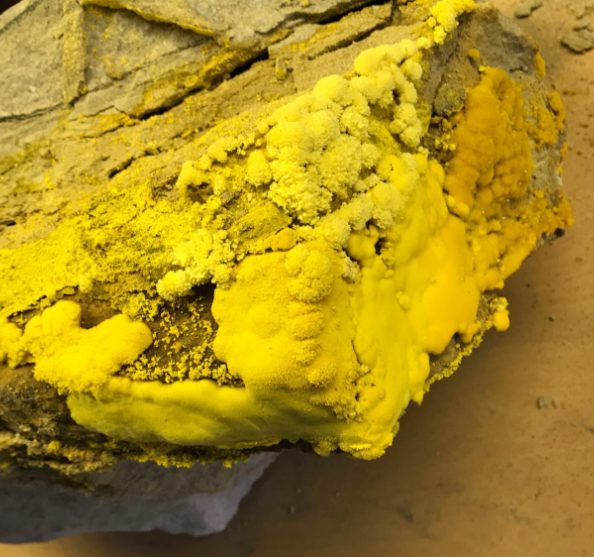
Coal is one of America’s greatest and most abundant energy resources. According to the U.S. Energy Information Administration, 30% of U.S. energy is generated from coal. Coal has difference uses based on what type of coal it is. Steam coal, also known as thermal coal, is used for power generation such as that mined from the Kayenta Mine and processed at the Navajo Generating Station. Coking coal, also known as metturical coal is mainly used in steel production. But coal is used for many other application such as soap, solvents, dyes, plastics, and fibers.
